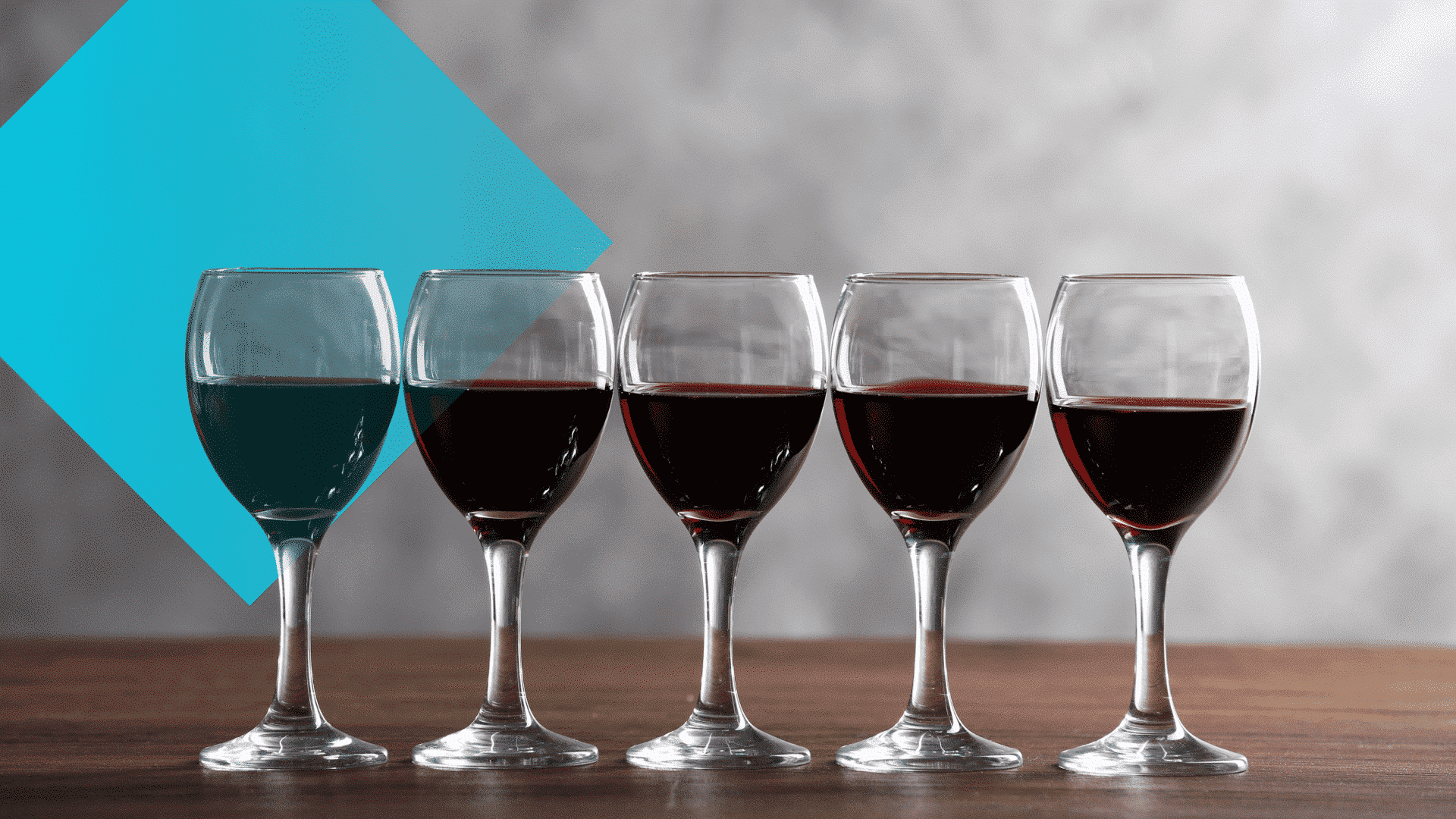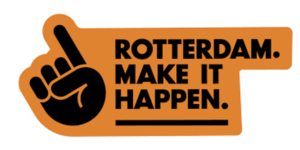The pandemic caused a seismic shift in consumption for the wine industry. As restaurant and bar closures limited on premise activity, at-home consumption rose dramatically. In fact, at-home consumption rose so much that overall consumption is still up over the past two years despite on-premise struggles.
However, even as businesses have opened back up, the on-premise challenges persist. Labor availability and costs are causing some restaurants and bars to limit their hours of operation, while others are simply offering a smaller assortment of wines by the glass on menus. Even tasting room volume is beginning to soften after seeing a great response upon reopening after shutdowns. Retail, too.
Why is this the case? For one, younger consumers are not adopting wine at the needed rate. Millennials were once heralded as a future source of volume, but moderation has become a big theme as they seek out higher quality beverages at a lesser frequency. Generation Z is drinking at an even lesser rate than their predecessors. Even Baby Boomers, who were the ones driving wine consumption, are not drinking at the same level as they once did.
On top of that, there are so many options to choose from. Between RTD cocktails, hard seltzers, craft beers, craft cocktails, and flavored spirits, it’s getting even harder to cut through the clutter. Add on the current recessionary economic environment, and there are a lot of barriers to wine industry growth.
To better understand the state of the wine industry and how to win over consumers in today’s environment, we surveyed 1,022 Americans ages 22+ in May of 2022. Here’s what we found.
An overview of today’s wine consumer
In total, half of respondents say they’ve consumed wine over the past 12 months—compared to 53% who say they’ve consumed beer and 40% who have consumed spirits. From an age perspective, Millennials were more likely to have consumed wine in the last year (58%) than any other age group. In terms of income, those who make over $100K a year were even more likely to drink wine in the last 12 months (76%).
Of those who drink wine, 41% say they purchase at least once a week, and almost eight in ten are buying at least once a month. The liquor store (59%) and supermarket (56%) are the most popular destinations for purchase, while the home (83%), restaurants (64%), and parties (51%) were the top places for consumption.
When asked about the instances in which they’d choose wine over other alcoholic beverages, the theme of home again rang true. Seventy-three percent of respondents will choose wine over other beverages while relaxing at home, while fancy dinners at a restaurant (51%), a party with friends (49%), and special occasions at home (48%) were also frequently cited.
Reasons for purchase
When we asked respondents for the top factor in choosing to purchase a bottle of wine, nearly four in ten pointed to brand (39%). This was followed by price (19%) and varietal (15%). However, the degree to which these factors matter varies by demographic. For instance, brand name carries more value for those with higher income; half of those who make over $150K named brand as the most important factor. They also care less about price (12%), whereas this grows in importance for those who make under $50K (29%).
What other factors cause consumers to consider a bottle of wine? A third of respondents said that they would purchase a bottle of wine with a health and wellness label on it, with Gen Xers (39%) being the most receptive of all age groups. And they’ve already gained traction with frequent wine purchasers; half of those who purchase at least once a week are already buying wines with health and wellness labels. In terms of specific claims, ‘No Added Sugar’ and ‘No Artificial Flavors’ are the ones that resonate the most with consumers.
The effects of inflation
We asked wine drinkers how much they spend per bottle, on average, and the most common answer was between $10-25, with 42% citing that range. An additional 22% say they’re spending between $26-45, while 14% say they’re spending between $46-60.
With inflation impacting consumers across America—and the globe—we wanted to understand how it was impacting wine purchasing habits. Overall, 63% of wine drinkers say that they’re buying the same amount of wine or more.
• 34% I purchase the same amount of wine as before, but at higher price points
• 22% I purchase less wine, but at the same price point
• 15% I purchase less wine at lower price points
• 15% I purchase more wine at lower price points
• 15% I purchase more wines at higher price points
Harvesting a strategy
In the next few months, wine producers may be faced with raising prices and passing this increase to their consumers. With inflation and the cost of living continuing to rise, consumer behavior will continue to evolve. That’s why it’s crucial for brands to develop an insights-driven approach to understanding consumers’ thoughts, predicting their behaviors, and developing strategies to respond to changes. In doing so, brands can adapt their products, services, and market/channel strategies to reflect the current and future economic landscape.




